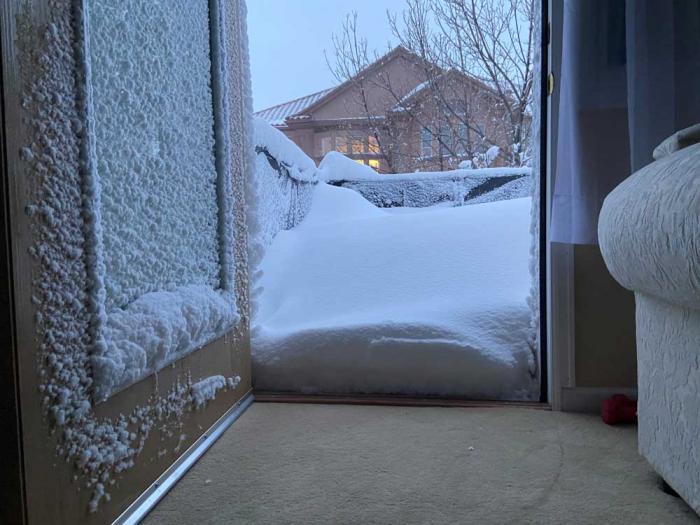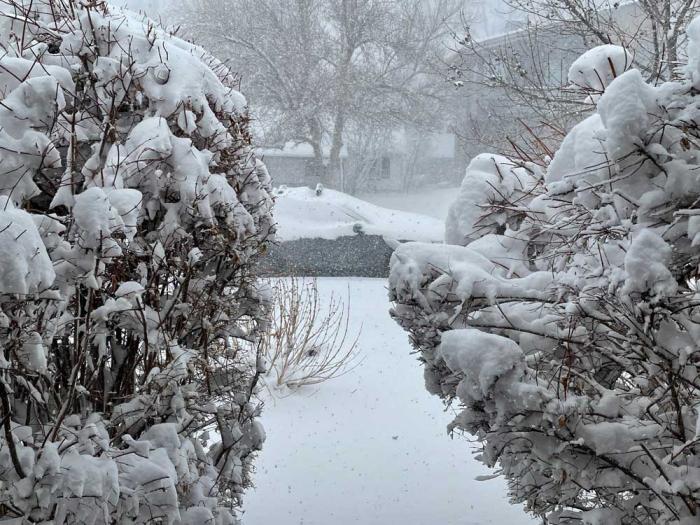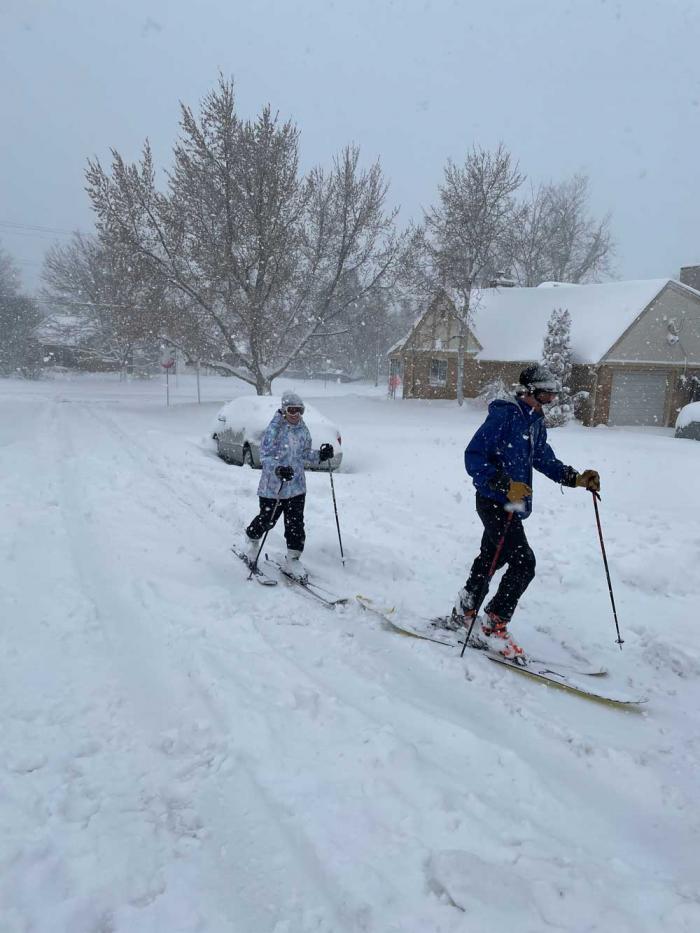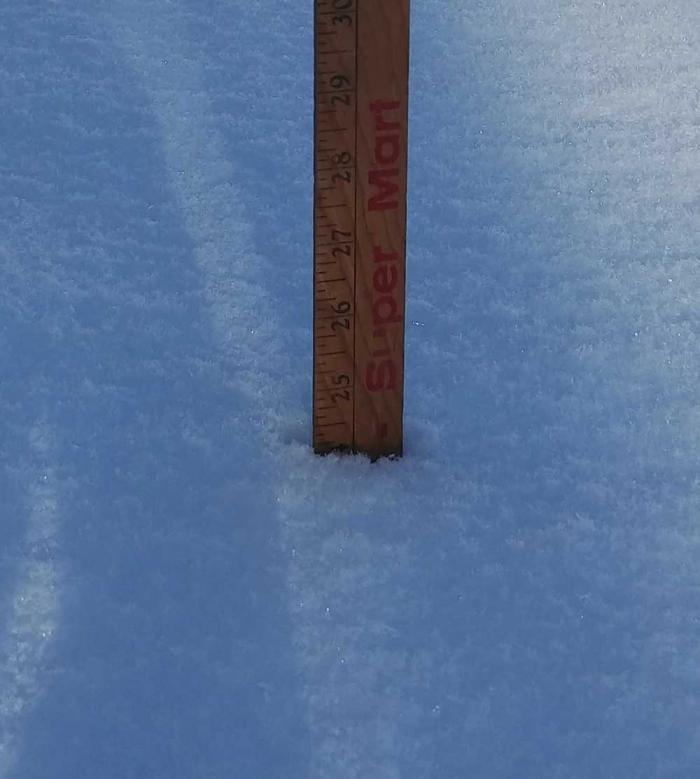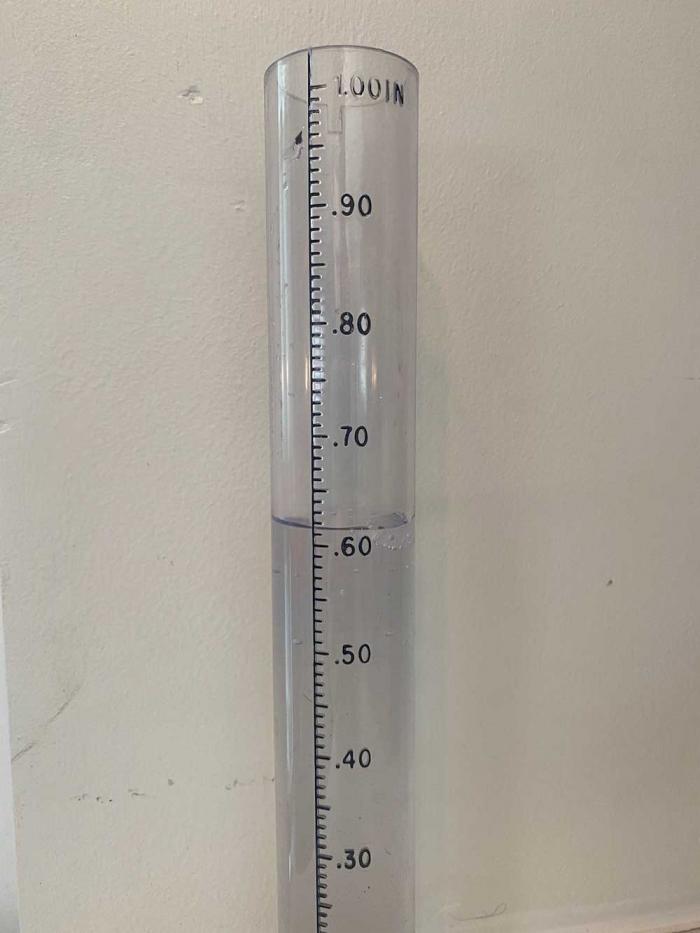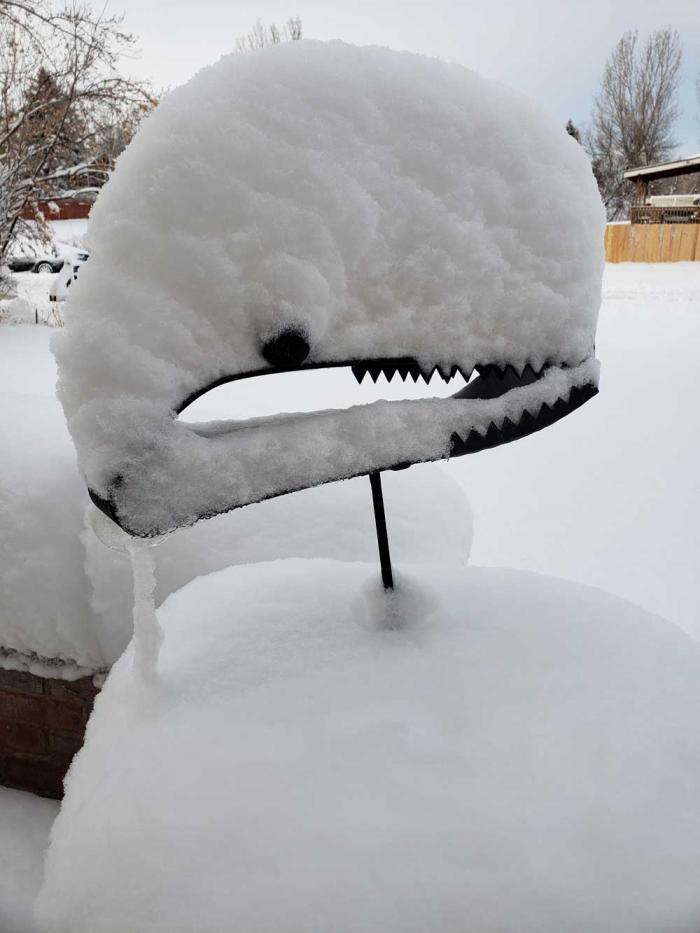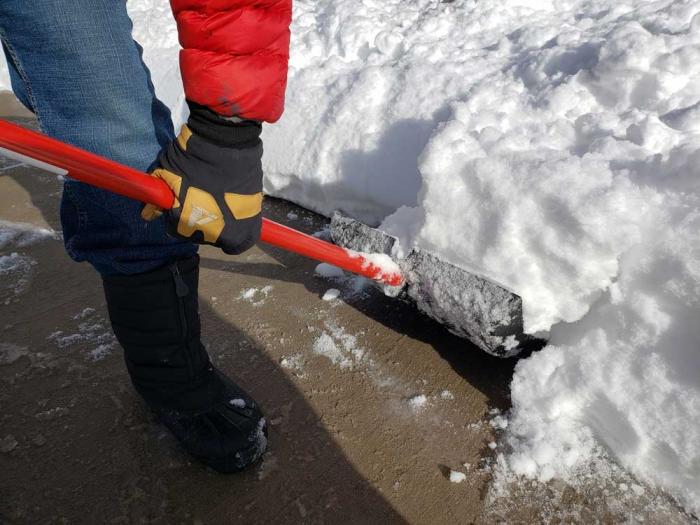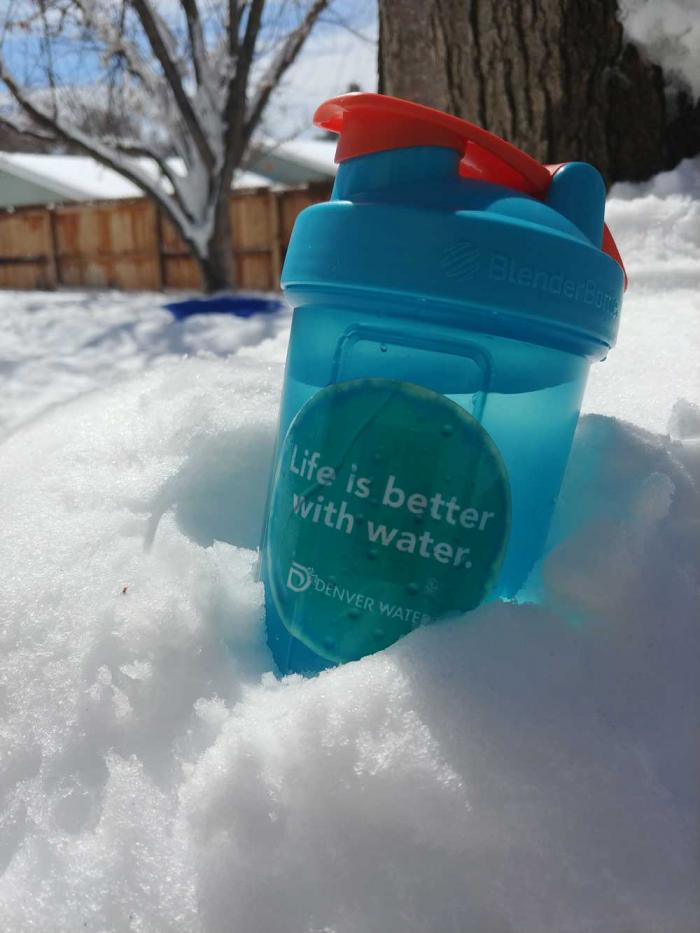Big storm a big boost for water supplies, but caution flags remain
The weekend storm that brought heaps of badly needed wet snow to Denver, the foothills and the plains is an important boost to water supplies, but doesn’t appear to be a full-fledged “drought-buster.”
To put it in terms of a much-anticipated upcoming college basketball tournament: The weekend’s water results were like winning the first-round of March Madness. A nice thrill, but still a few wins short of a title.
But let’s stay optimistic for a moment. The storm was a big victory, and here are a few reasons why:
- It’s a big recharge for soil moisture across the Denver region, and will mean a big boost for lawns and landscapes in the metro area. Overall, the storm was officially the fourth-largest ever for Denver, with an official snow depth of 27.1 inches as recorded at Denver International Airport. That’s not too far behind the 30.4 inches that fell in November 1946, which sits in third place, and the memorable pileup of March 2003, at 31.8 inches.
Blizzard? Bah! It’s playtime! Hardy Denverites head out for some urban cross-country skiing during the March 2021 blizzard. Photo credit: Denver Water. - For Denver Water, the storm was especially helpful to Gross Reservoir in its North System, where surrounding areas clocked in at 20 to 30 inches. Some of Denver Water’s lower reservoirs, including Marston, Chatfield and Ralston also will reap rewards.
- The moisture content of the snow was unusually high, giving everyone more bang for the buck. In short, a single storm brought the same level of water some places would typically get in a month or even two months. One Denver-based meteorologist said Monday that, with this storm, Denver has recorded 4.24 inches of liquid this year, the wettest start to a calendar year on record.
The suburbs northwest of Denver clocked in at 24 inches of snow before the sun came out and the melting commenced. Photo credit: Denver Water. - Farms and water users in northeast Colorado will benefit, and that’s a benefit to Denver Water. That’s because with downstream reservoirs on the South Platte filling, it will allow Denver Water to access its water rights sooner, without having to pass as much water down the river right away.
“All in all, this was an extremely helpful storm,” said Nathan Elder, water supply manager for Denver Water.
“We see benefits all around. While it wasn’t a drought-busting storm — it didn’t hit the West Slope hard and didn’t get into the upper South Platte region — it’s a great recharge for Denver and the foothills and puts us in a much better place than we were a week ago.”
Even so, caveats remain.
Despite the windfall, Denver Water’s collection system remains below average for snowpack, at 94% in the Colorado River Basin and 97% in the South Platte.
And Colorado is coming off a very dry year, with a dry spring and a monsoon-less summer compounding an ongoing deficit in soil moisture.
That matters because thirsty soil gets first dibs on melting snow. Water must replenish the ground before it slides down the hills and winds up in streams, rivers and reservoirs.
That means Denver Water, along with water utilities across Colorado, will keep watching the skies for more storms to keep us wet through the rest of March and April, a period that is generally a good bet for snow and rain. Areas along the Continental Divide and upper reaches of the West Slope — the headwaters — sorely need a wet spring.
The message to customers: Enjoy the bounty, but don’t let down your vigilance. Residents will need to continue being smart about irrigation. Denver Water’s standard summer watering rules take effect May 1, with watering limited to three days a week, and no watering between 10 a.m. and 6 p.m.
And it’s still possible further watering limits could be in play, depending on how the next several weeks play out.
A spike in temperatures that rapidly depletes the snowpack, for example, could have an impact on how we use water this summer.
For now, it’s certainly a storm worth enjoying and appreciating, while keeping it in a healthy context.
As a March Madness coach might say, “We’re excited as heck to make the tournament … but we’re still facing an uphill climb.”


